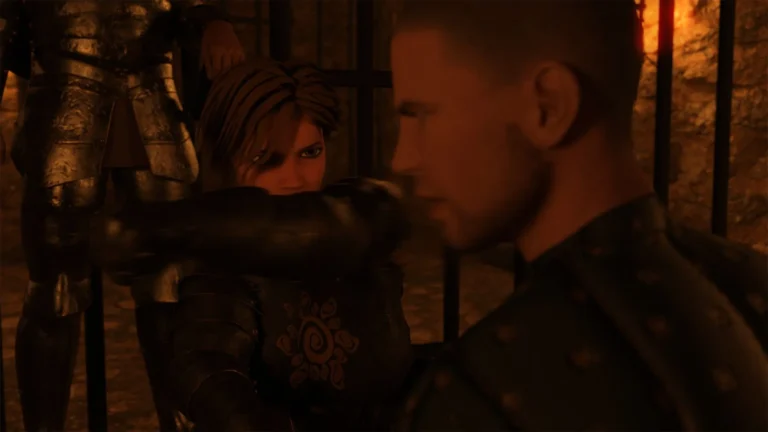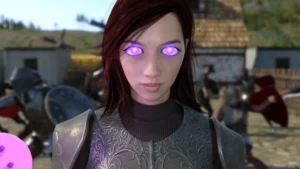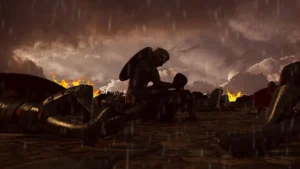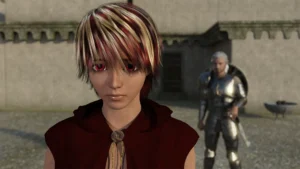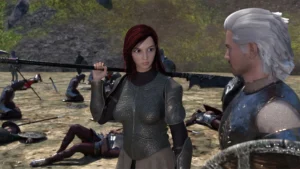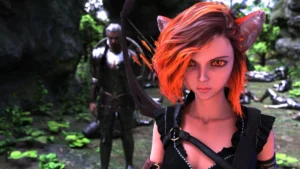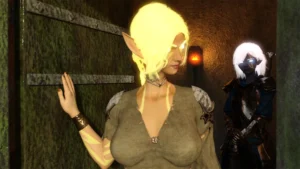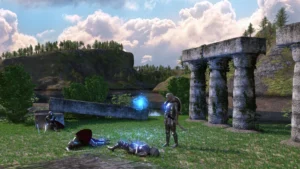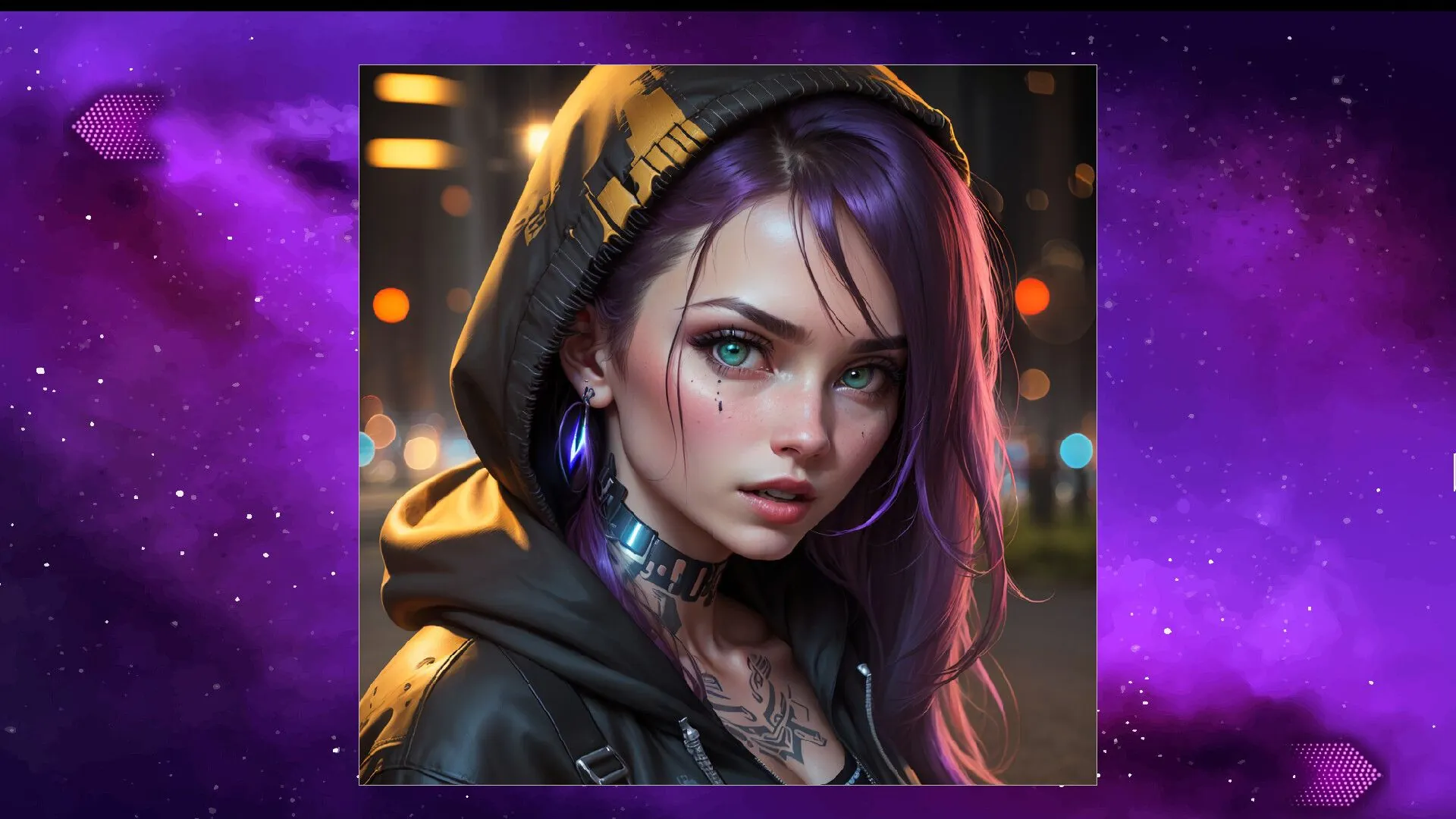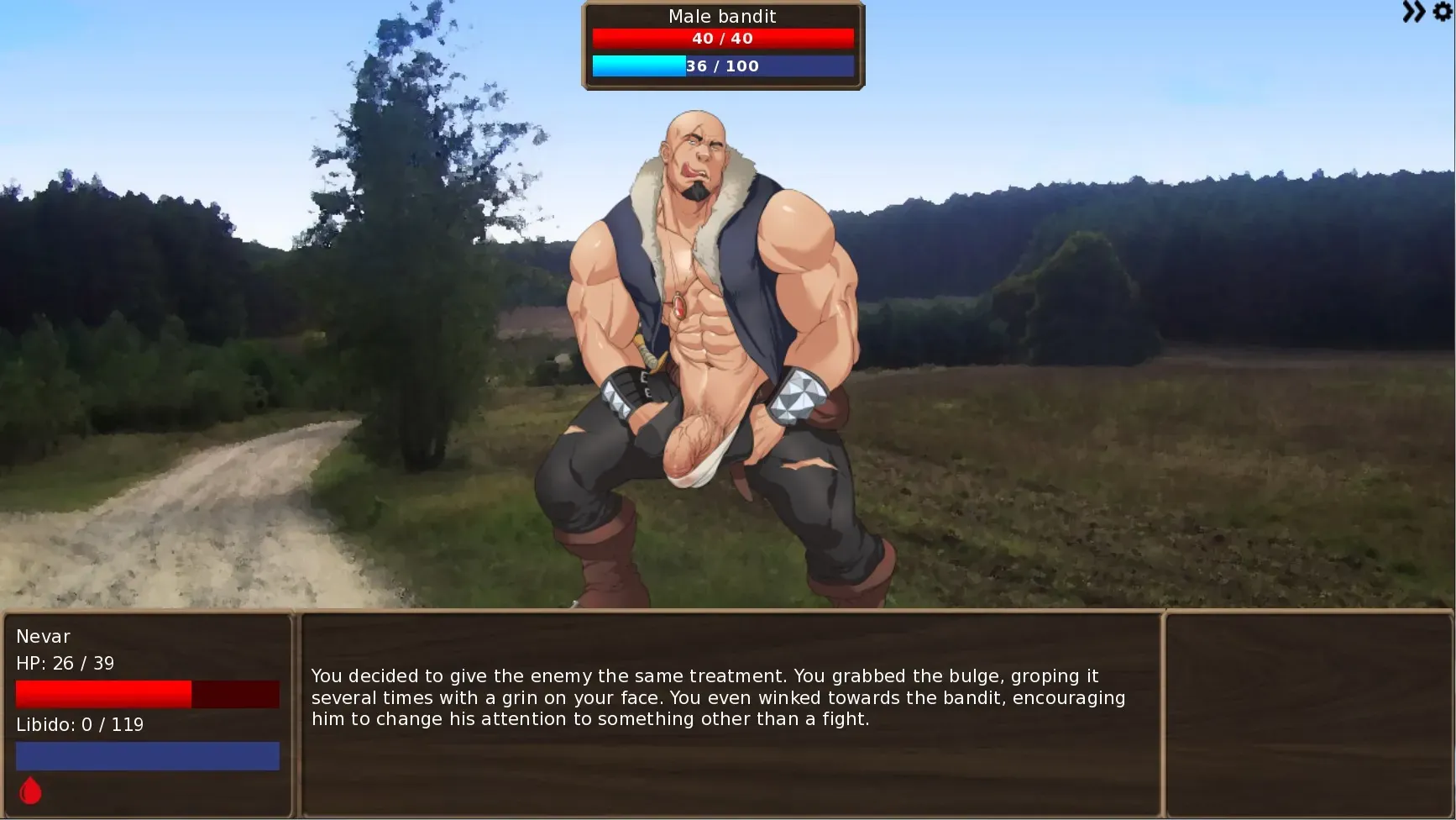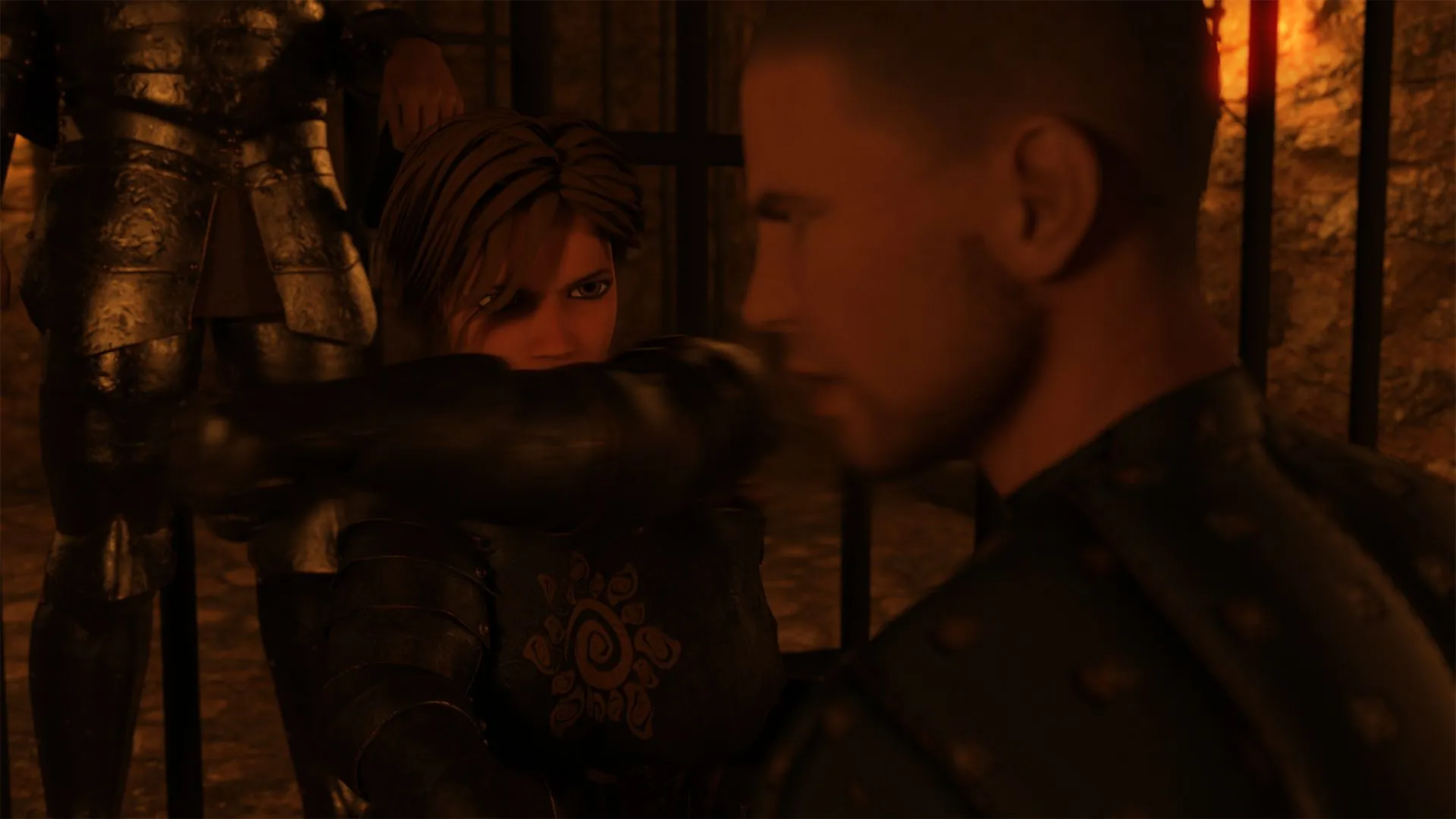
Play After the Inferno
After the Inferno review
Explore the Story, Gameplay, and Unique Features of After the Inferno
After the Inferno is a captivating adult visual novel that combines a rich medieval fantasy setting with deep storytelling and immersive gameplay. Centered around Devran, a royal knight caught in the turmoil of war and complex relationships, this game offers players a blend of strategic decision-making and engaging narrative. Whether you’re drawn by its animated scenes or the intricate plot, After the Inferno delivers a unique experience that appeals to fans of visual novels and fantasy alike.
What Makes After the Inferno Stand Out?
Let me tell you about the first time I truly got lost in a visual novel medieval fantasy world. I was expecting the usual tropes – maybe a chosen one with a magic sword, or a princess to rescue. What I found in After the Inferno was something entirely different, something that grabbed me by the collar and refused to let go. It wasn’t just a game; it was an experience that lingered long after I closed the application. So, what exactly is the secret sauce? What makes this title stand out in a sea of interactive fiction? Let’s dive in. 🏰✨
Unique Storyline and Setting
The After the Inferno story doesn’t just begin; it detonates. You are thrust into the boots of Devran, a battle-weary soldier who is far from a traditional hero. The world isn’t a pristine landscape of castles and chivalry. It’s a land scorched by a brutal, ongoing war, a place where survival is a daily struggle and moral clarity is a luxury no one can afford. This grounded approach to the visual novel medieval fantasy genre is its first masterstroke.
I remember a specific moment early on, where Devran is confronted by a starving family who had stolen from his unit’s supplies. The game didn’t present a simple “punish or pardon” option. The After the Inferno story forced me to weigh military discipline against basic human compassion, knowing either choice would have cascading consequences. This is the emotional core of the game. You’re not just reading about a war; you’re living in its grim, complicated reality. The narrative depth surrounding the Devran character After the Inferno is phenomenal – he’s flawed, haunted, and profoundly human, making his journey incredibly compelling. His personal demons are as formidable as any enemy on the battlefield. 😥⚔️
Pro Tip: Pay close attention to the environmental descriptions and character backstories scattered throughout the game. They aren’t just flavor text; they are vital clues to understanding the world’s deep-seated conflicts and making more informed choices later.
The setting itself is a character. You’ll explore war-torn villages, tense military encampments, and ancient forests that hold secrets of their own. The After the Inferno story expertly weaves political intrigue with personal drama, ensuring that the fate of nations feels intrinsically linked to the fate of the people you meet along the way.
Gameplay Mechanics and Player Choices
If you think visual novels are just about clicking through text, After the Inferno gameplay will be a revelation. The player choices visual novel mechanics here are not an illusion; they are the engine of the entire experience. Every dialogue option, every strategic decision, and every relationship you cultivate actively reshapes the narrative path. I learned this the hard way when a seemingly minor promise I broke to a supporting character early on came back to completely alter the game’s final act. It was a stunning moment that cemented my appreciation for the game’s intricate design. 🤯🎮
The After the Inferno gameplay loop is a brilliant balance of introspection and action. You’ll spend time in deep conversation, building alliances or burning bridges, but you’ll also be faced with tactical decisions that affect the course of the war. It’s this fusion that makes the player choices visual novel element so powerful. You feel the weight of command and the fragility of human connection simultaneously.
Here’s a breakdown of how the core interactive elements work together:
| Gameplay Feature | Impact on Story |
|---|---|
| Dialogue Trees | Determine character loyalties, unlock unique story branches, and reveal hidden plot details. |
| Relationship Building | Influences which characters survive key events, what support you receive, and the available endings. |
| Moral & Strategic Decisions | Alters the political landscape of the world, changes the fates of entire communities, and defines Devran’s legacy. |
| Resource Management | Affects your unit’s morale and effectiveness in key story moments, adding a layer of practical survival. |
The beauty of this system is that it encourages multiple playthroughs. My first run was as an idealist, trying to save everyone. My second was as a pragmatist, making brutal choices for the “greater good.” The After the Inferno gameplay supported both journeys seamlessly, offering vastly different outcomes and perspectives on the same core events. The player choices visual novel fans crave are here in spades, and they truly matter. ✅
Visual and Audio Presentation
The moment I launched the game, I was struck by its visual style. This isn’t your typical static background art. After the Inferno uses a stunning, painterly aesthetic that feels both realistic and dreamlike. But where it truly soars is with its animated scenes After the Inferno. These aren’t just short loops; they are carefully crafted moments where the rain actually falls on a muddy field, torches flicker in a dark hallway, or a character’s shoulders slump in exhaustion. These subtle animations breathe incredible life into the world, making you feel present in every scene. 🎨🌟
The animated scenes After the Inferno are used strategically to punctuate emotional highs and lows. A tense confrontation feels more immediate, a moment of peace more serene. It elevates the entire experience from reading a story to witnessing it unfold before your eyes.
Then there’s the soundscape. The soundtrack is a haunting, melodic score that perfectly complements the medieval fantasy setting, but the real game-changer is the voice acting visual novel enthusiasts will appreciate. The performances are top-tier. The voice behind the Devran character After the Inferno is particularly exceptional, capturing every nuance of war-weariness, dry humor, and buried pain. It’s not fully voiced, which is a smart choice, but key scenes and character reactions are, making those moments hit with tremendous impact. 🎭🎧
When a poignant story moment is accompanied by a beautiful animated scene and delivered with heartfelt voice acting, the immersion is absolute. You’re not just playing a game; you’re living Devran’s struggle. This masterful presentation is what transforms the compelling After the Inferno story and the deep After the Inferno gameplay into an unforgettable journey that will stay with you. It’s a benchmark for what the modern visual novel can achieve. 🙌
After the Inferno offers a compelling blend of rich storytelling, strategic gameplay, and high-quality visuals that make it a standout title in the visual novel genre. Its medieval fantasy setting and complex character dynamics provide depth beyond typical adult visual novels. Whether you’re interested in the narrative or the immersive animated scenes, this game delivers an engaging experience worth exploring. Dive into After the Inferno to experience a unique adventure that balances war, love, and loyalty in a beautifully crafted world.
